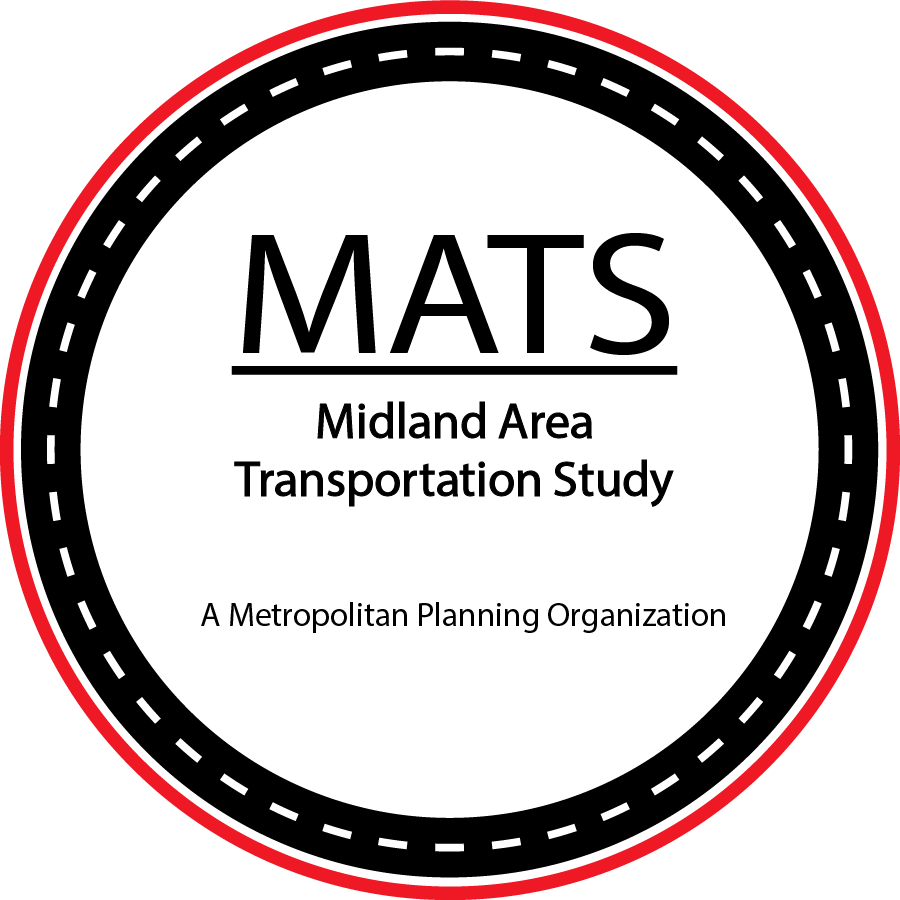“Sustainability takes forever, that’s the point”
As globally recognized leader in sustainable development William McDonough has said, an emphasis on serving "the demands of the present without jeopardizing the potential of future generations to meet their own requirements" is what is meant by sustainability, according to its conventional meaning. Although this description is easy, it does not adequately reflect the action and dedication required right now to guarantee that future. Here we’ll highlight some aspects of sustainability that relate to MATS and the area’s infrastructure, and how this can be sustained for the long term.
From a regional municipal perspective, sustainability refers to the practice of meeting the needs of the present generation without compromising the ability of future generations to meet their own needs. In other words, it involves balancing economic, social, and environmental considerations in decision-making and planning for the future.
-
As a part of the City of Midland’s comprehensive master planning project, it has undertaken a serious look at these issues as they relate to the city’s future. To quote their site MidlandCityModern.com,
“It is a universal truth that people want to be prosperous. By extension, we should want our city to be a prosperous city. If not, the city hinders our ability to prosper. As Michiganders, we are our fair share of cities that have experienced significant challenges which led to declines in prosperity. The reasons for a city's decline are numerous. How does Midland hedge itself from declines in prosperity? We focus on sustainability and resiliency (the ability to withstand and quickly recover). Sustainability and Resiliency are terms that get used a lot these days. The terms may have different connotations depending on whom you talk to. For the purpose of the Midland City Modern Master Plan, we view these two areas in the following ways:
• Financial Stewardship
• Environmental Stewardship
• Municipal Resiliency
Urban3 recently completed an analysis that measured the economically productive capacity of individual properties throughout the City of Midland based on taxable value per acre and other financial considerations. As a local government that relies heavily on local tax rates to fund many of our services, this analysis is helpful to understand how balanced the City’s model is when considering the current development of land and how to move towards more sustainable and resilient methods of development.”
-
1. Environmental protection and conservation: This involves taking steps to reduce waste, protect natural resources, and address climate change.
2. Economic development: This involves creating job opportunities, improving local businesses, and promoting a strong and diverse local economy.
3. Social equity: This involves addressing issues such as poverty, affordable housing, and access to healthcare and education.
4. Infrastructure management: This involves planning, designing, and maintaining infrastructure such as roads, buildings, and water and wastewater systems in a way that is cost-effective and environmentally sustainable.
By incorporating sustainability principles into their policies and practices, municipalities can help ensure that their communities are resilient, healthy, and livable for generations to come.
-
Sustainability relies heavily on data being collected, both to document trends as well as to allow for better decisions about the future. The interconnection between the built environment and the natural one require constant analysis of data collected about each. This includes such things as transportation data (pavement condition, traffic volumes, vehicle types as well as others), land use data (current land use, land use trends, zoning analysis, infrastructure mapping) and perhaps especially environmental data (land cover, wetlands inventory, endangered species mapping, air quality data).
-
Policies that enable consistent movement towards sustainability can be the initial trigger that results in appropriate infrastructure being constructed (such as non-motorized shared use trails, electric vehicle charging stations, parks, development that is pedestrian oriented). Innovative approaches to design and construction, new materials such as permeable pavements and sidewalks, and related actions can create a domino effect that results in future sustainable development being greater than the sum of the parts.
-
Climate change is upon us, and may even accelerate in the future. Knowing this, it is essential that steps be taken now to deal with the projected changes to the planet. Having transportation and other infrastructure that is resilient to climate effects, expediting the transition to renewable sources of energy as well as hardening the electrical grid, and reducing the consumption of things like water will all prepare the area for an almost certain future.

